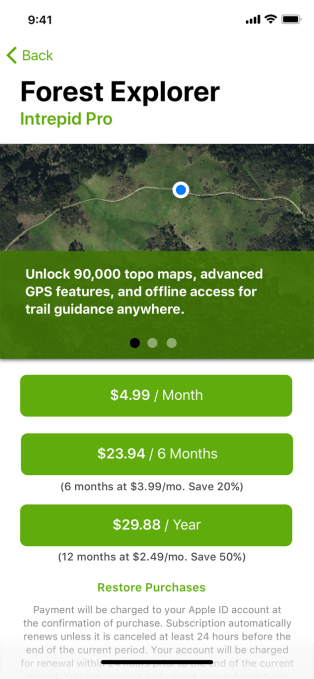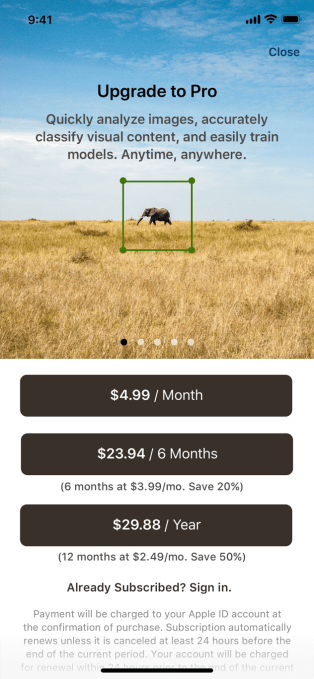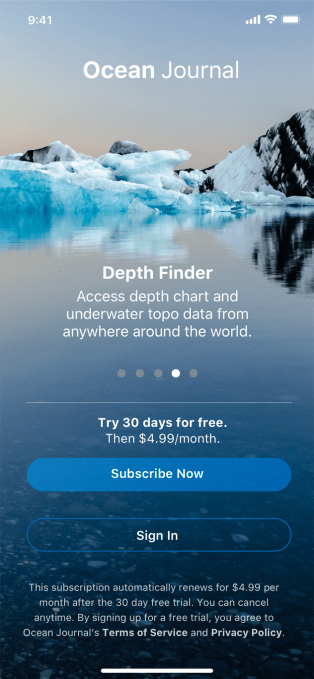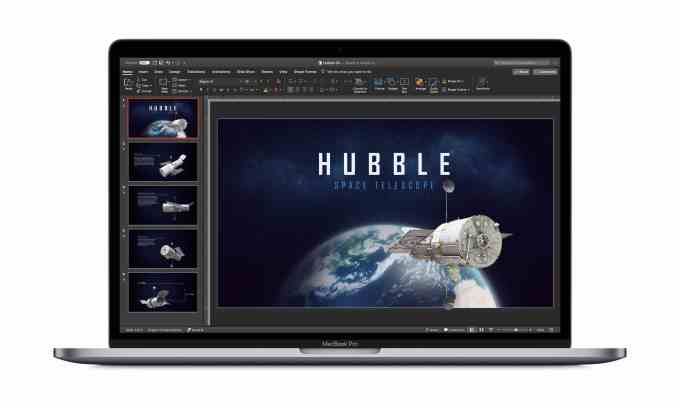Apple is sending out a message to app developers: stop tricking users into subscriptions. The company updated its guidelines for mobile developers to more clearly spell out what is and what is not allowed, according to 9to5Mac, which spotted the recent changes. The improved documentation comes at a time when subscriptions are becoming something of a plague on consumers.
Their rapid proliferation is turning everything into a subscription service, which could ultimately see consumers dropping favorite apps because they can’t afford dozens of ongoing payments. But more urgently, Apple’s lax enforcement its rules around subscriptions had allowed shady app developers to financially benefit.
Subscriptions are a big business the app stores, as the industry has begun to shift over to a recurring revenue model instead of one-time purchases within free apps or paid downloads. For developers who continue to improve apps and roll out new features, subscriptions give them the financial means of continuing that work, instead of constantly hunting for new users.
However, not all developers have been playing fair.
As TechCrunch reported last fall, a number of scammers had begun to take advantage of the subscription model in order to trick consumers into recurring payments, in addition to constantly pestering their free users to upgrade.
We found apps that constantly popped up upgrade prompts or hid the “x” to close the prompt’s window, as well as apps that promised free trials that actually converted after a very short period – like three days, for example. Others had intentionally confusing designs where subscription opt-in buttons would say things like “Start” or “Continue” in big text, while the text that explains you’re actually agreeing to a paid subscription is tiny, grayed out, difficult to read, or hidden in some other way.
Apple’s developer guidelines had clearly prohibited fraudulent behavior related to subscriptions, but Apple has now spelled out the details in black-and-white.

As 9to5Mac spotted, updates in Apple’s Human Interface Guidelines and App Store documentation now explicitly state that the monthly subscription price has to be clearly displayed, while information about how much people can save if they opt for longer periods of time, like a year, has to be less prominent.
Messages about free trials have to say how long trials last and what will be charged when the trial ends.
The new documentation has also been clearly organized, and includes screenshots of what a proper subscription sign-up flow should look like, as well as sample text developers can modify for use in their own apps. It even suggests that developers allow customers to manage their subscriptions within their app, rather than requiring them to find the subscriptions section in the App Store.

Today, many customers don’t know how to stop their subscriptions once activated – it takes several steps from the iPhone’s Settings to get into subscriptions, and still a few from within the App Store. (It’s also not that obvious. You tap on your profile icon on the top right of the Home page, then your Apple ID, then scroll down to the bottom of the page. By comparison, you can reveal the “Subscriptions” section with just one tap on Google Play’s left-side hamburger menu.)
While the existence of clear documentation that better spells out the do’s and don’ts is certainly welcome, the real question now is how well will Apple enforce its rules?
After all, Apple was supposedly not okay with subscription fraud and tricks before, yet its App Store was home to a good handful bad actors – particular in the utilities section.
Of course Apple doesn’t want to develop a reputation for allowing misleading or scammy apps to thrive in its App Store, but it simultaneously benefits when they do.

Although games still account for the majority of App Store spending, non-gaming apps across app stores now account for just over a quarter (26%) of total spend, according to App Annie’s “State of Mobile 2019” report. And that number has increased 18% since 2016, mainly because of in-app subscriptions.
Getting a handle on the proper way to market subscriptions is key. But there’s also the larger question as to whether subscriptions will be a sustainable model in the long run for the developers. There’s a bit too much of a gold rush mentality around subscriptions in today’s App Store, and it’s hard to resist the near-term benefit of money that rolls in monthly.
But as more developers adopt subscriptions, consumers will ultimately have to decide which have value for them. People are already paying for so many subscriptions – both inside and outside the app stores. Streaming video like Netflix, streaming music like Spotify, streaming TV like YouTube TV, subscription boxes like Ipsy, Prime memberships, grocery delivery like Instacart, smart home subscriptions like Ring or Nest, newspapers and magazines and newsletters, and so on. What’s really going to be left for a selfie editor, to-do list or weather app, in the end?
Many consumers are already starting to hit the point where they don’t have much more to spend, and will have to turn some subscriptions off in order to turn others on. Subscription app user bases could then contract, with only core customers remaining paying subscribers, as casual users return to free products – like Apple’s own built-in apps, for example, or free services offered by well-heeled tech giants, like Google.
Apple would do well to advise developers when subscriptions make sense for an app, not just how to implement and design them. Subscriptions should offer a real benefit, not just continued ability to use an app. And there could be cases where a one-time purchase to retain a customer who continually declines to subscribe makes sense, too.
from Apple – TechCrunch https://tcrn.ch/2UnHqlQ


